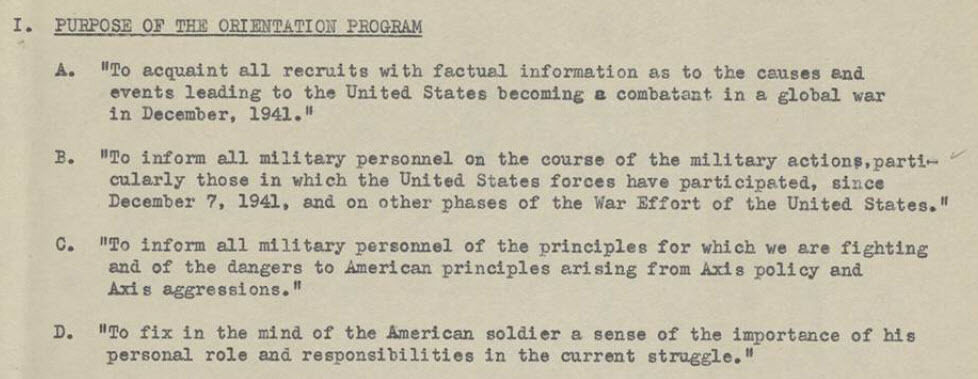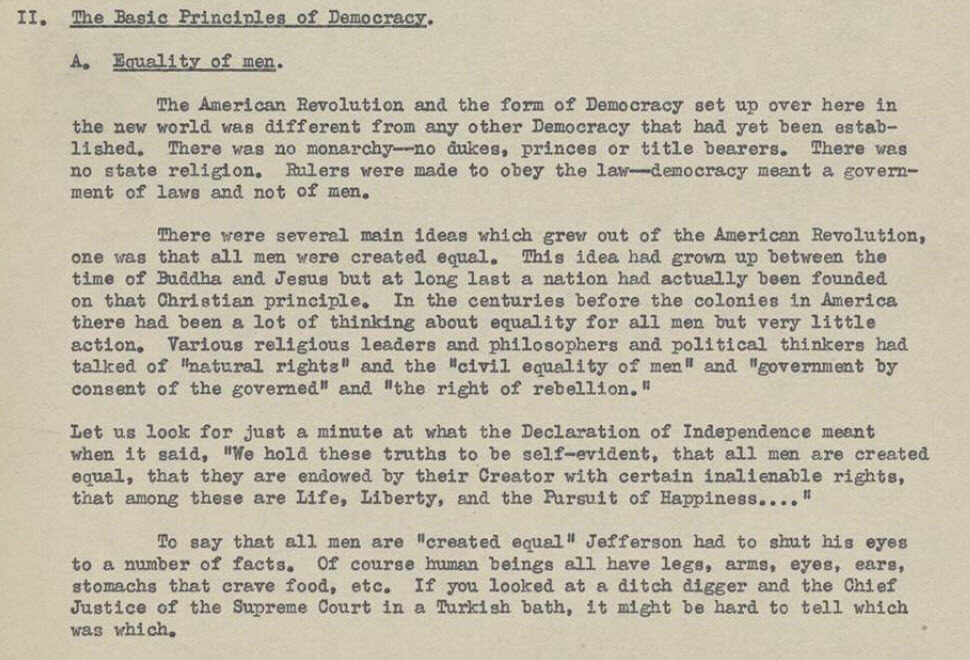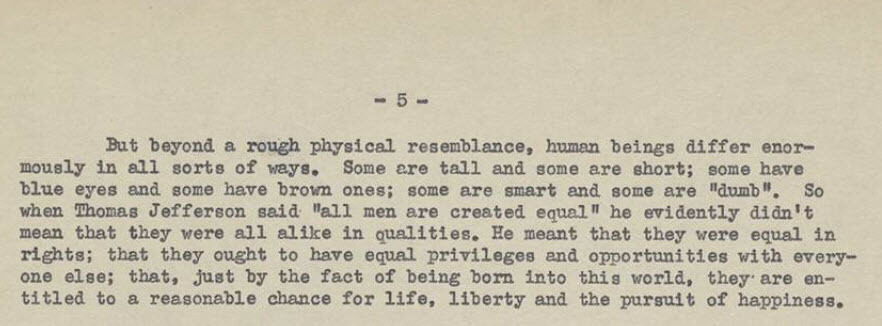Enlisting American History
The importance of the fourth of July to the United States and its citizens goes without saying. And during the Second World War, when democratic ideals faced an existential threat, the Declaration of Independence and other milestones in American history were pressed into service to bolster morale and motivation among new recruits to the US Army. The papers of Julius S. Schreiber, held by the U.S. National Library of Medicine and digitised for Adam Matthew Digital’s Medical Services and Warfare, 1928-1949 offer an interesting example of how the United States’ birth was brought into military service.
Born in the Ukraine in 1908, Schreiber emigrated to the United States with his family in 1913. After completing his medical studies at the University of Cincinnati in 1932, he devoted much of the following decade to neurological research, spending a portion of this period as Director of the Research and Shock Therapy Division of Stockton State Hospital in California.
A member of the Army Medical Reserve, Schreiber was drafted in April 1942 and posted to Camp Callan, where he instituted a regime intended to improve soldiers' morale and fighting potential through group discussions on topical subjects, supported by film showings, news broadcasts, and newsletters. Appointed Chief of the Army Orientation Branch's Program Section in October 1943, Dr Schreiber led the introduction of similar schemes at a federal level. A volume of course materials issued to would-be Orientation Officers tasked with its implementation among new recruits succinctly introduces its intentions:

The course for Orientation Officers lasted a mere two weeks, and a large file of course materials was intended to be supplemented through wider reading. The following excerpt from a section considering the principles of democracy gives pride of place to the Declaration of Independence, and provides us with an idea of how point C was introduced to orientation officers, who would in turn share it with new recruits:


The following section, a whistle-stop tour of ‘Milestones of Democracy in American History’, ends with a rousing call to defend American ideals, including the four freedoms set out by President Roosevelt in his already-famous speech of January 1941.

Schreiber’s papers offer more than just examples of how a patriotic American history was pressed into military service; they include insights into the state of psychological research, the views of soldiers on a wide range of subjects, and both the content and the effectiveness of Army-sponsored propaganda efforts during the Second World War, replete with annotations and opinions. An army may march on its stomach, but Schreiber was intent on providing it with the most effective brain food that could be fashioned.
Medical Services and Warfare, 1928-1949 is available now. For more information on this resource, including free trial access and price enquiries, please email us at info@amdigital.co.uk.
Recent posts

The blog highlights American Committee on Africa, module II's rich documentation of anti-apartheid activism, focusing on the National Peace Accord, global solidarity, and student-led divestment campaigns. It explores the pivotal role of universities, protests, and public education in pressuring institutions to divest from apartheid, shaping global attitudes toward social justice and reform.

This blog examines how primary sources can be used to trace the impact of young voices on society, particularly during pivotal voting reforms in the UK and the US. Explore materials that reveal insights into youth activism, intergenerational gaps, and societal perceptions, highlighting their interdisciplinary value for studying youth culture, activism, and girlhood across history.
